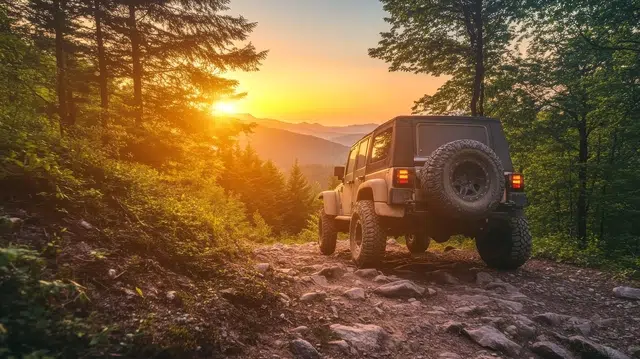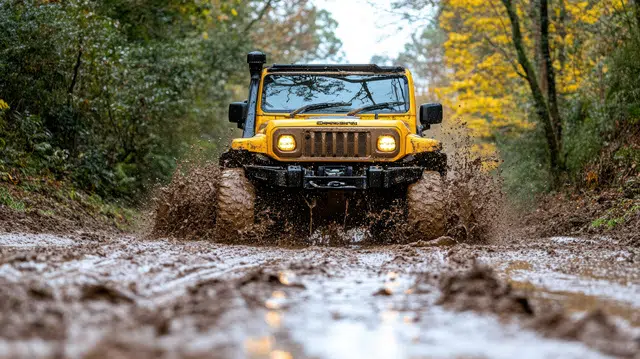Your Jeep isn’t just a vehicle—it’s an extension of your lifestyle. Whether you’re braving winter snow, cruising on sunny summer trails, or taking on a cross-country road trip, the right top transforms your driving experience. If your current top is worn out, leaking, or simply not suited to your needs anymore, it might be time for a replacement.
Choosing the best replacement top for your Jeep comes down to understanding the different types available, their pros and cons, and the key features that make one top stand out from another.
Types Of Jeep Tops
- Hard Tops
A Jeep hard top is the go-to choice for durability, insulation, and security. Made from materials like fiberglass or high-strength composites, hard tops provide excellent weather protection and soundproofing. They’re ideal for year-round driving, especially in colder or wetter climates.
Pros:
- Superior insulation against weather and noise
- Increased security against theft
- Long-lasting construction
Cons:
- Heavier and more difficult to remove
- Requires more storage space when off the Jeep
- Soft Tops
Soft tops are perfect for Jeep owners who crave versatility. Made from vinyl or fabric, these tops can be folded back or completely removed in minutes. They’re ideal for warm weather and drivers who want the freedom to go open-air on demand.
Pros:
- Lightweight and easy to remove
- More affordable than hard tops
- Easy storage
Cons:
- Less durable over time
- Reduced insulation and security
- Bikini, Sunrider, and Safari Tops
These tops are all about maximizing your open-air experience while offering minimal coverage. They protect from sun and light rain but aren’t designed for harsh weather. - Modular Tops
Modular tops offer flexibility by allowing you to remove sections, such as side panels or roof panels, without removing the entire top. They’re great for changing weather conditions and mixed-use driving.
Key Features To Look For
- Material Quality
High-quality materials determine how long your top will last and how well it will protect you from the elements. Look for marine-grade fabrics for soft tops and durable fiberglass or composite materials for hard tops. - Fit and Compatibility
Not all tops fit all Jeep models. Ensure the top you choose matches your year, model, and trim. If you use accessories like a Jeep JK roof rack, check compatibility before you buy. - Ease of Installation and Removal
If you plan on swapping tops seasonally or removing them often, prioritize models with easy latching systems or quick-release hardware. - Weather Resistance
For those in rainy or snowy regions, look for tops with reinforced seals, heavy-duty zippers, and UV-resistant materials to protect against fading and leaks. - Storage Options
When the top comes off, where will it go? Hard tops require more space and protective storage solutions, while soft tops can often be folded and stored inside the Jeep. - Customization and Add-Ons
Some tops come ready for upgrades, like integrated lighting or the ability to attach roof racks. If you plan to add other Jeep parts down the line, choose a top that works with your vision. - Price vs. Longevity
A more expensive top made with high-quality materials will often outlast cheaper options, saving you money in the long run.
Final Thoughts
Your replacement Jeep top isn’t just about looks—it’s about how you want to drive and live with your vehicle. Think about your climate, how often you go off-road, how much you value security, and how frequently you plan to switch between open-air and enclosed driving.
For cold-weather, all-season versatility and maximum protection, a Jeep hard top is tough to beat. For summer fun and quick open-air conversions, a soft top offers unbeatable flexibility. And for those who want it all, a modular top delivers year-round adaptability.
Investing in the right top ensures every drive is comfortable, stylish, and suited to your adventures—whether you’re tackling rocky trails, city streets, or long scenic highways.






